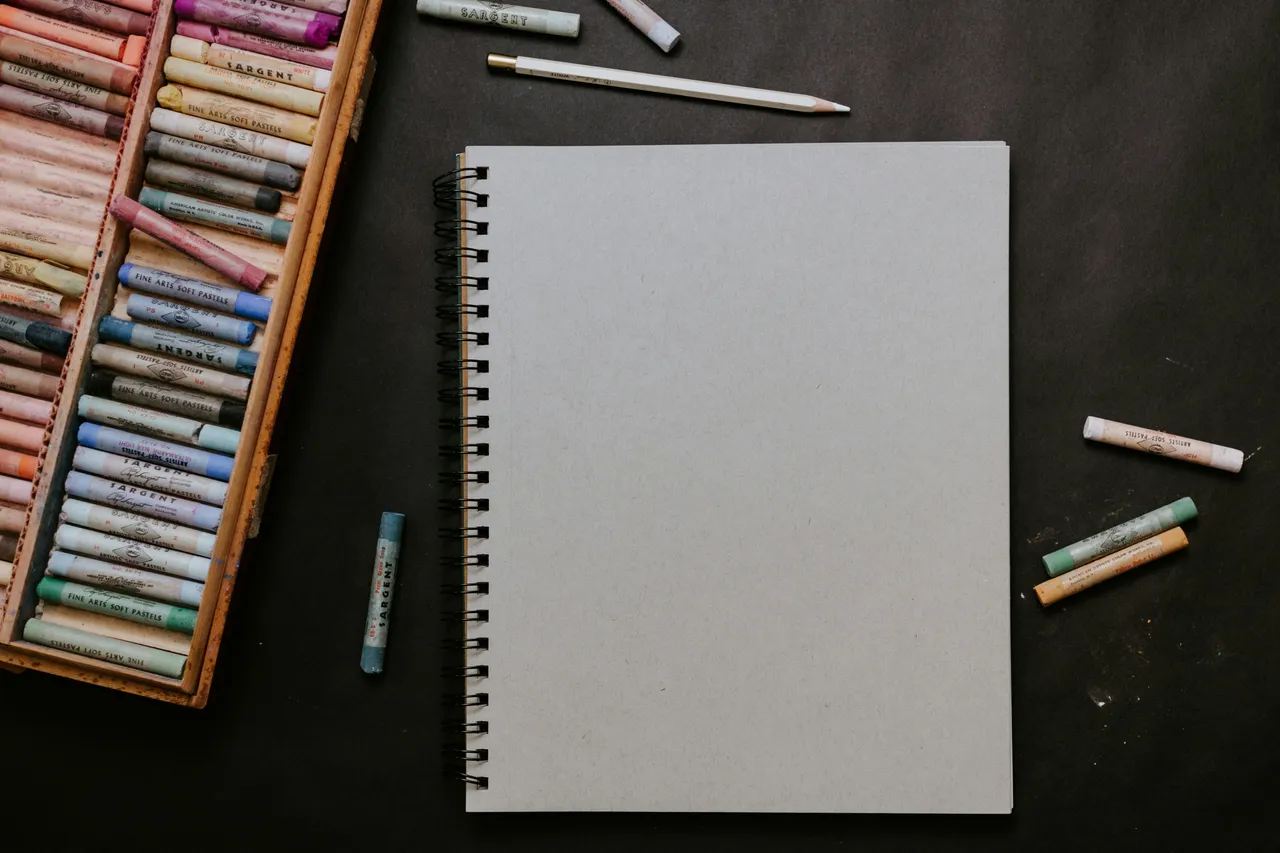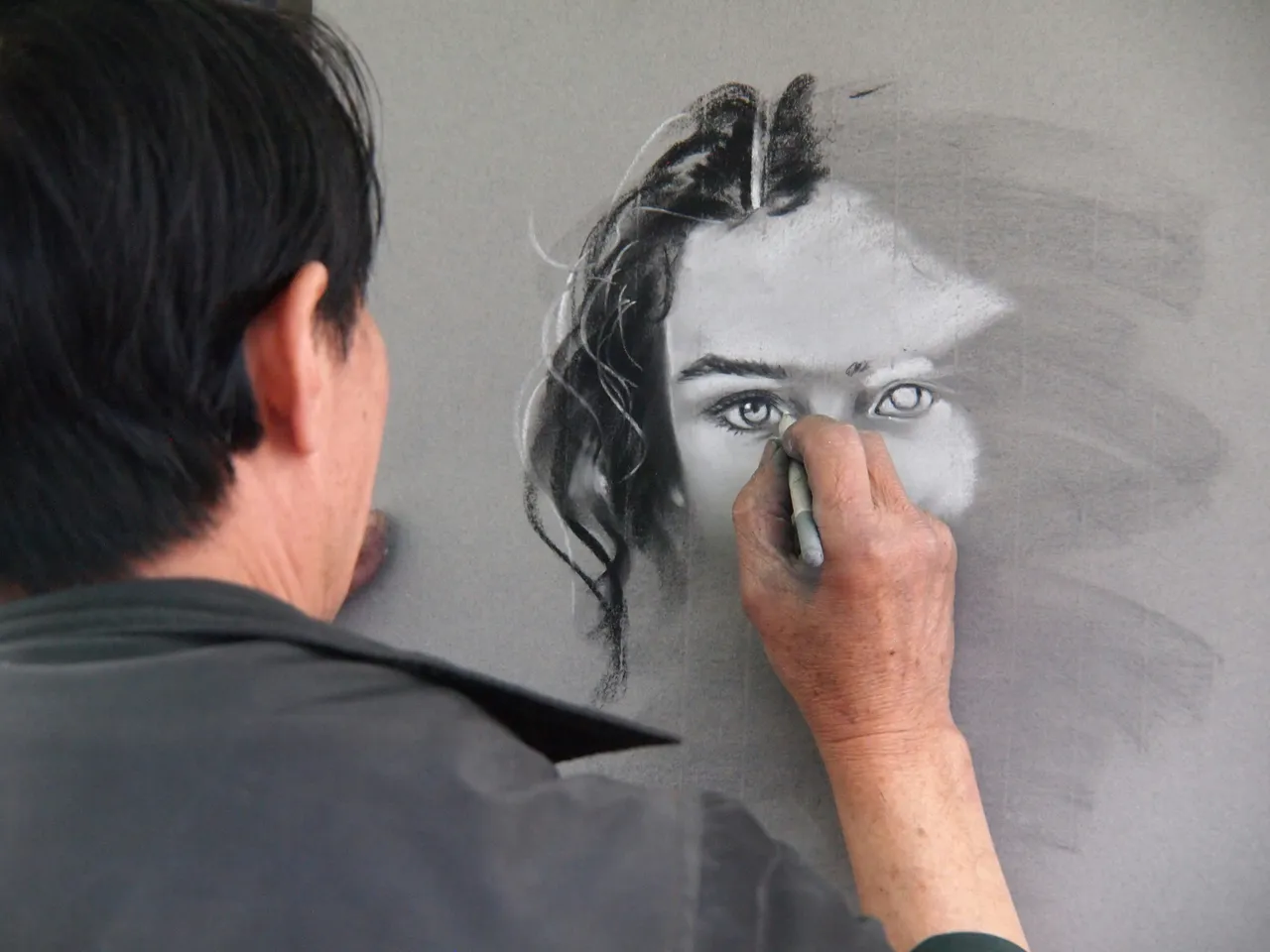
The Power of Color: Understanding Color Theory in Art
Discover how color theory influences art, shaping emotions and creating depth. This journey into color theory unveils its fundamental importance in artistic expression.
The Essence of Color Theory
Color theory is an essential pillar of art and design, guiding artists in the selection and application of colors to create visually harmonious compositions. At its core, color theory examines the dynamics of color how different hues interact, the impact of light and shadow, and the emotional responses they evoke. Understanding color theory is not just about making aesthetic choices; it's about communicating and amplifying the intended message of the artwork.
Colors have the power to influence mood, convey messages, and even alter perceptions. This is why mastering color theory is crucial for any artist. Through studying color relationships and the psychological effects of color, artists can craft pieces that resonate on a deeper level with their audience.
The Color Wheel and Color Harmony
The color wheel is a fundamental tool in color theory, representing the spectrum of colors in a circle. It helps artists understand the relationships between primary, secondary, and tertiary colors. By using the color wheel, artists can easily identify complementary colors (those opposite each other on the wheel), analogous colors (next to each other on the wheel), and triadic color schemes (three colors evenly spaced around the wheel).
Color harmony is achieved when the combination of colors in a composition is pleasing to the eye. This harmony can evoke a range of emotions and atmospheres within the artwork. Artists utilize these principles to guide the viewer's eye through the painting and to convey the piece's emotional tone. Whether aiming for a vibrant, energetic feel or a tranquil, soothing atmosphere, understanding color harmony is key to achieving the desired effect.
The Psychological Impact of Color
Colors have a profound psychological impact on viewers, influencing their perceptions and emotions. Warm colors like red, orange, and yellow can evoke feelings of warmth, passion, and energy. In contrast, cool colors such as blue, green, and purple are often associated with calmness, serenity, and sometimes sadness. Artists leverage these emotional associations to add depth and meaning to their work, guiding the viewer's emotional journey through the piece.
The use of color in art can also affect the viewer's perception of space and size. Warm colors tend to advance towards the viewer, making objects appear closer, while cool colors recede, giving the illusion of more space. This psychological effect of color can dramatically alter the composition and impact of a piece.
Color in Composition
Incorporating color theory into a composition involves more than just selecting beautiful hues; it's about creating balance, contrast, and emphasis. Artists often use a dominant color to set the mood of the piece, with supporting colors to complement and enhance the overall theme. The strategic use of color can direct the viewer's attention to the focal points of the artwork, creating a cohesive and compelling narrative.
Contrast is another powerful tool in an artist's arsenal, achieved by juxtaposing colors of different tones or temperatures. This can help to define shapes, highlight areas of interest, and add vibrancy to the artwork. By understanding and applying these principles of color theory, artists can create dynamic, visually engaging pieces that captivate and communicate.
In conclusion, color theory is a vital aspect of artistic expression, offering a rich language of color that goes beyond aesthetic appeal. By understanding and applying the principles of color theory, artists can enhance their creative output, making their artwork not only visually striking but emotionally resonant. As we explore the power of color in art, we uncover the profound impact it has on both the creator and the observer, making it a fundamental element in the artist's toolkit.
This article was developed using available sources and analyses through an automated process. We strive to provide accurate information, but it might contain mistakes. If you have any feedback, we'll gladly take it into account! Learn more
